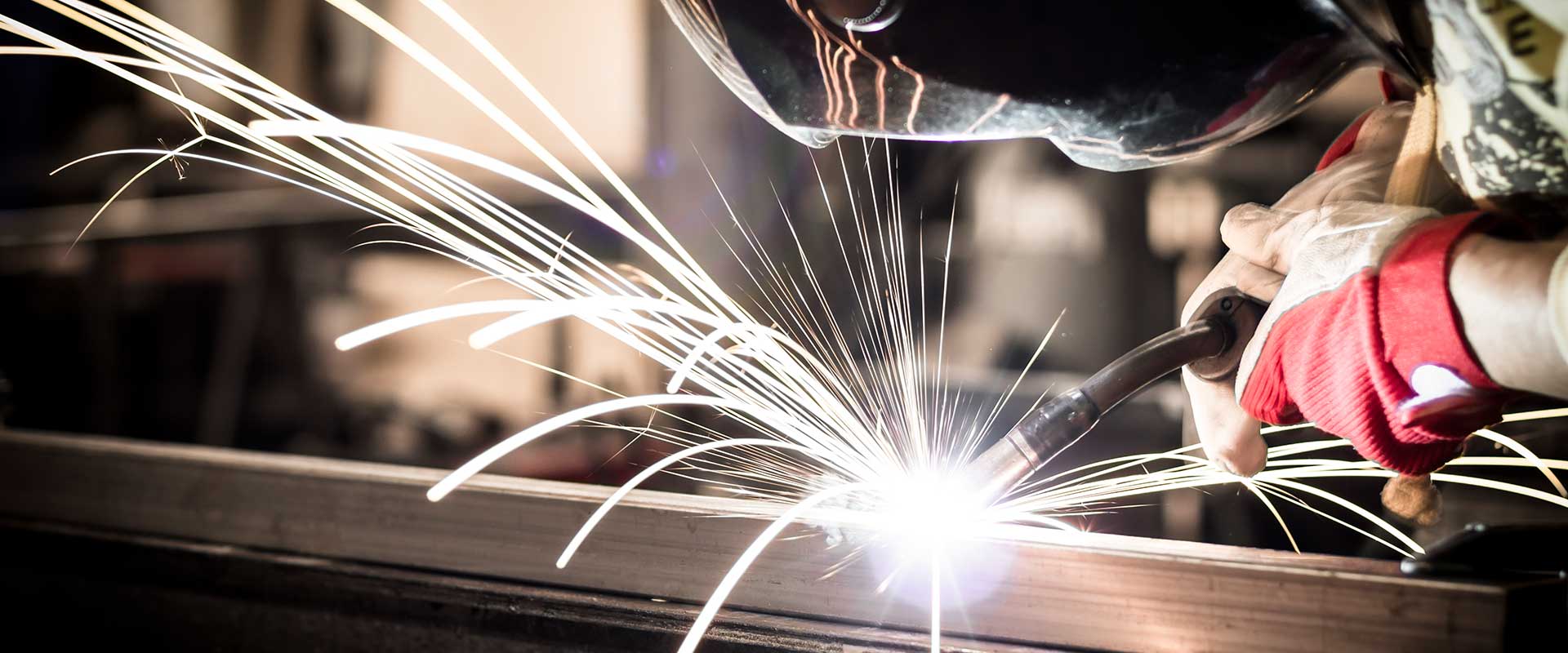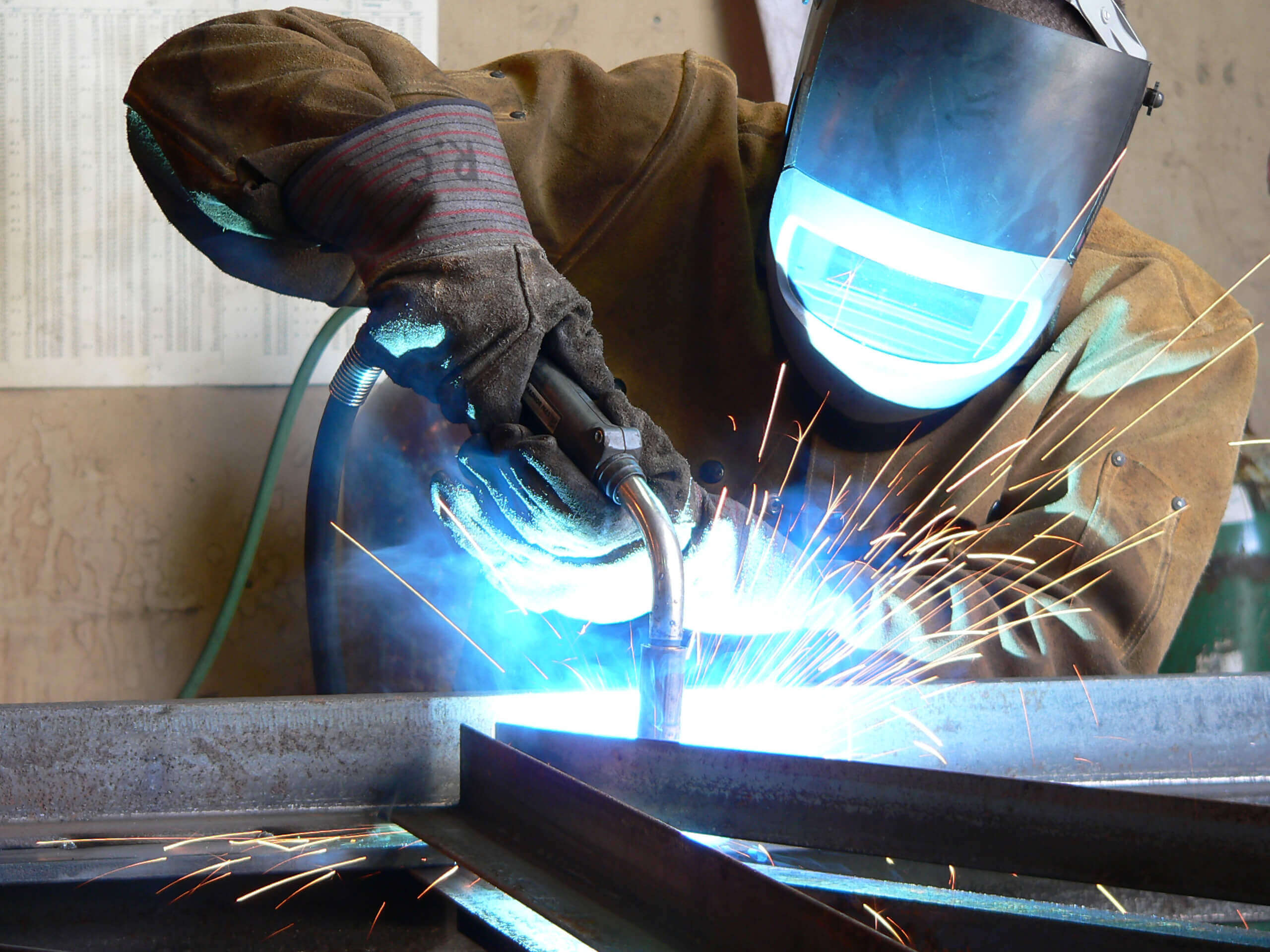How to Minimise the Risk of Electric Shock when Arc Welding


Welding equipment should always be installed by a suitably qualified electrical engineer, who should check that it has been connected in accordance with the manufacturer's recommendations. The welder should check the equipment – cable; electrode holder and coupling devices every day for visible signs of damage and defects should be reported. External connections should always be checked prior to use and the welding return clamp should be positioned as close to the workpiece as possible. Damp and wet conditions should be avoided.
HSE guideline No 118 Electrical Safety in Arc Welding describes what should happen when the welding circuit is connected on a typical arc welding installation. The connection of the power source and the workpiece should be as direct as possible, and all cables and connection devices should be adequately insulated. Other conductive parts should not be used as part of the circuit unless part of the workpiece itself and the current return clamp should be as near to the welding arc as possible. Special care should be taken when attaching connection devices to the workpiece to prevent over-heating and arcing. For example, clamps should be secured to 'bright metal' rather than any coated metal surfaces.
When arc welding outside it is important to ensure that equipment is waterproof to the standard specified by the manufacturer's rating plate, which states the required ingress protection (IP) code for enclosure. If there is a risk of heavy rain, a protective cover should be in place for the welder, equipment and the workpiece. The welder should avoid getting wet and avoid standing on excessively wet ground.
It is important to protect your face and eyes by wearing a suitable welding shield, including personal eye protection. European standards BS EN 169:2002 and BS EN 379:2003 + A1:2009 give guidance on filters for personal eye protection. Protective clothing, including gloves, should also be worn. Non-reflective curtains and screens should also be used to protect fellow workers from heat and light radiation.
There are numerous national and international regulations covering the safe operation of welding and cutting systems, in addition to Codes of Practice and Standards. Among the relevant ones for arc welding processes are HS(G) 118 -electrical safety in arc welding and EH 55 1990 - the control of exposure to fume from welding and allied processes. Other regulations relate to control of exposure to fume and noise as well as the use of appropriate personal and protective equipment. For arc welders in the UK, the best source of information is Health and Safety Executive (HSE) publications. In addition, Air Products has a publication called Understanding Fume and Pollutant Gases in Welding, please click here and request.

An industry leading comprehensive guide to gas shielded arc welding and oxy-fuel cutting.